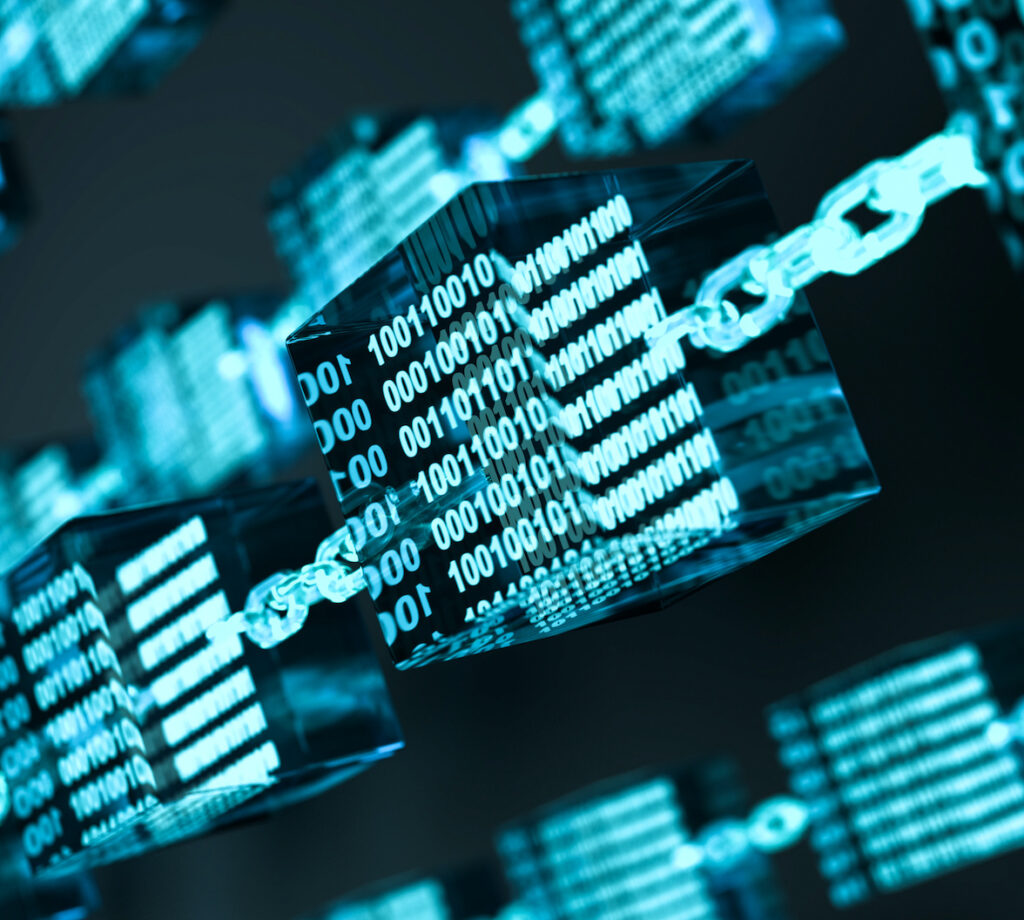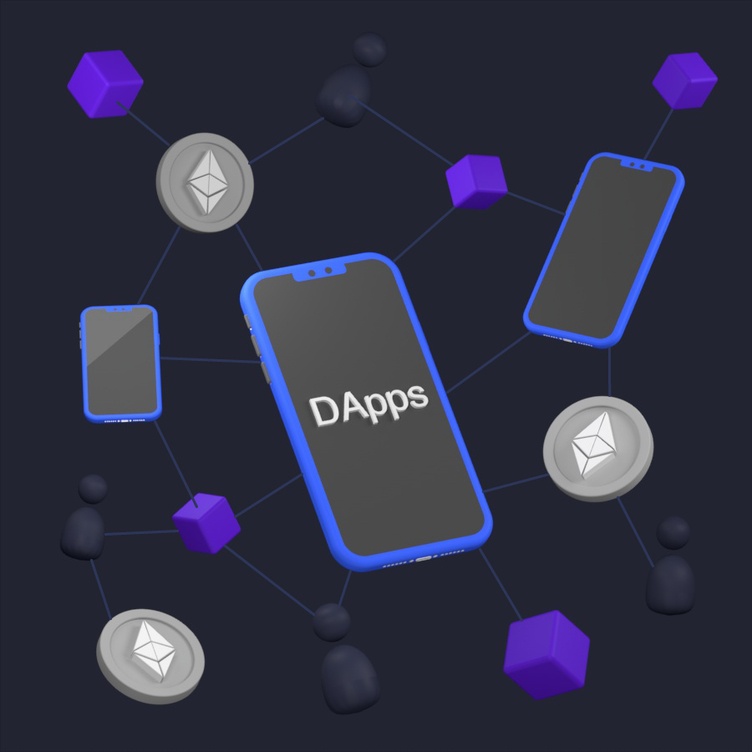As the world of technology evolves, IT professionals are constantly seeking innovative ways to build and secure applications. One such development in recent years is the fusion of Application Programming Interfaces (APIs) and blockchain technology, resulting in the creation of decentralized applications (dApps). This article explores the process of building dApps using APIs and blockchain technology while discussing the benefits and challenges IT professionals face when creating these innovative applications.
Integrating APIs with Blockchain
APIs are essential for dApps, as they provide a way for different software components to communicate with each other. In blockchain technology, APIs help facilitate interactions between the decentralized network and traditional systems. As IT professionals delve into dApps, they should consider implementing API management solutions to streamline the development process and ensure seamless integration between various components.
Choosing the Right Blockchain Platform
When building a dApp, selecting a suitable blockchain platform that aligns with the project’s goals and requirements is crucial. Some popular choices include Ethereum, Binance Smart Chain, and Polkadot. In addition, IT professionals should consider factors such as scalability, security, consensus mechanisms, and community support when deciding.
Smart Contracts: The Building Blocks of dApps

Source: auth0.com
Smart contracts are self-executing, programmable agreements written in code that automatically execute when predefined conditions are met. They play a critical role in the functioning of dApps, as they enable the automation of processes and ensure the integrity of transactions. Therefore, IT professionals must develop and deploy smart contracts on the chosen blockchain platform to facilitate the desired functionality of their dApps.
Designing a Decentralized Application
-
Frontend Development
The front end of a dApp is responsible for presenting information to users and enabling them to interact with the application. IT professionals should focus on creating an intuitive and responsive user interface, utilizing popular front-end development tools and frameworks such as React, Angular, or Vue.js. They should also ensure the front end communicates effectively with the blockchain via APIs.
-
Backend Development
The backend of a dApp typically involves the integration of APIs, smart contracts, and other essential components. Therefore, IT professionals should prioritize creating a robust and secure backend infrastructure that can handle high volumes of data and transactions. Some key considerations include data storage, API endpoints, and security measures, such as encryption and authentication.
-
Testing and Deployment
Before launching a dApp, it’s crucial to test its functionality, performance, and security thoroughly. IT professionals should employ various testing methods, such as unit testing, integration testing, and stress testing. Once the dApp has been rigorously tested, it can be deployed on the blockchain platform of choice, making it accessible to users.
Challenges and Solutions

Source: coinmarketcap.com
Building decentralized applications presents IT professionals with several challenges, including scalability, privacy, and regulatory compliance. However, the rapidly evolving blockchain ecosystem offers numerous solutions to address these issues:
- Layer 2 solutions, such as sidechains and state channels, can help improve scalability by offloading transactions from the main blockchain.
- Privacy-preserving techniques, such as zero-knowledge proofs and confidential transactions, can enhance the privacy of dApps.
- IT professionals should stay informed about regulatory requirements and ensure that their dApps comply with relevant laws and regulations.
Conclusion
The fusion of APIs and blockchain technology has paved the way for developing decentralized applications, providing IT professionals with a new avenue for building and securing innovative software solutions. By understanding the intricacies of dApp development and staying informed about the latest developments in the blockchain ecosystem, IT professionals can create cutting-edge applications that revolutionize how we interact with technology.



